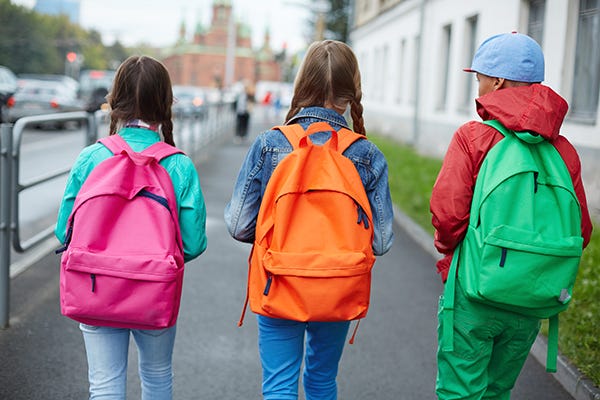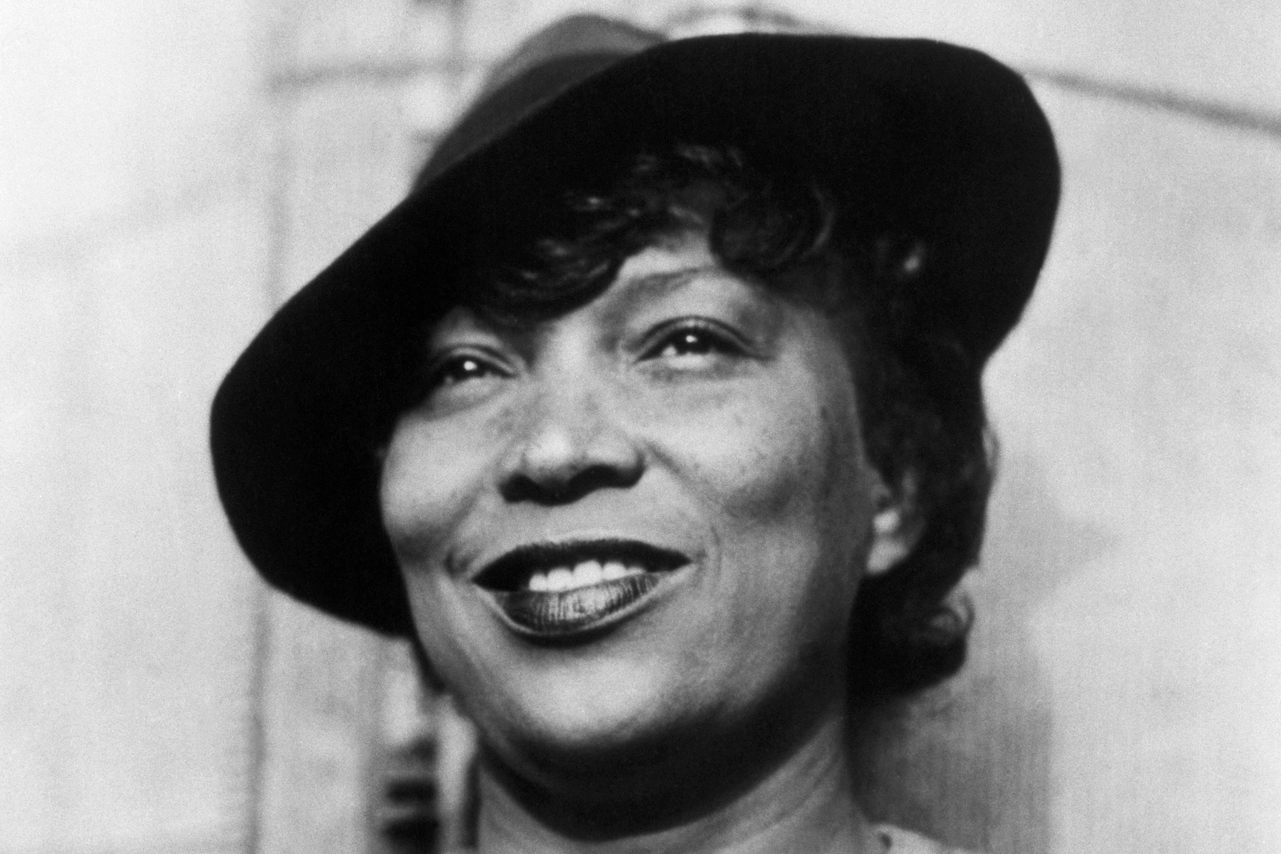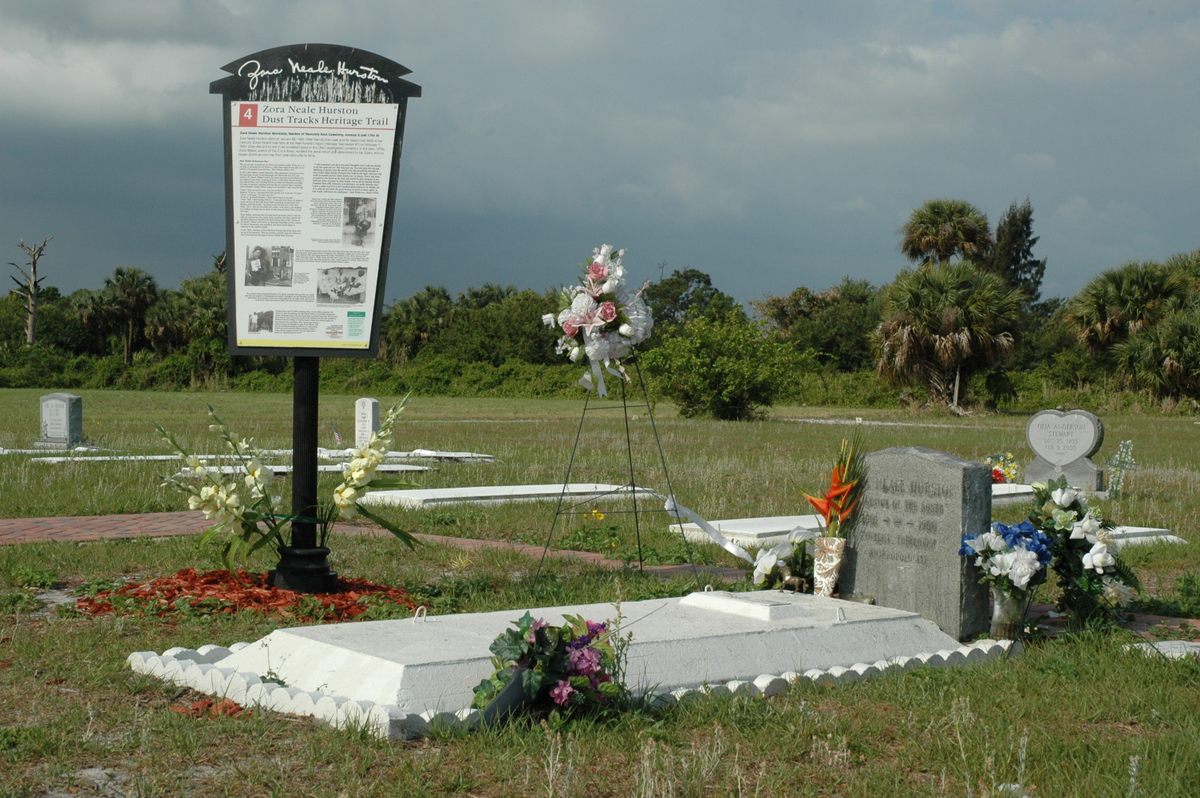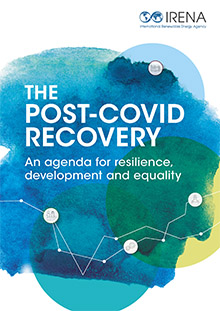Karen Cornelius Medium Jan 10 2016
Knowing how important a safe and orderly classroom is for effective learning, it is every teachers’ nightmare when they feel that they have lost control of a class of students.
In fact, most teachers feel ashamed to admit that they have classroom control issues, its in our DNA to manage classrooms effectively after all.
In the last few days I have watched a number of pleas for help with classroom behaviour issues, as they unfolded on Facebook. In at least 4 of the groups I’ve joined, teachers have asked for help with behaviour challenges, either at a specific point in the day (like arrival and getting the day started positively) or for behaviour in general.
And good on them! The biggest problem is when teachers deny that they have a problem. First step to more orderly classrooms is recognising the need for help.
So what help has been offered in these threads? There have been 300+ comments so far, and more going in every hour. Teachers want to help each other!
Unfortunately though, quite a bit of the ‘help’ is contrary to what research tells us actually works. On the other hand, much of the help is insightful and spot on.
How does a new teacher, or one in the middle of dealing with behaviour challenges know what to do? In the following blog post, I break it down into categories of ideas and think about each in turn:
The ‘quotes’ in dot point format are suggestions from Facebook, altered enough to make the original writer anonymous.
Rewards and punishment
First and foremost it seems that there continues to be a heavy reliance on rewards for positive behaviour and sanctions, used as deterrents, for inappropriate behaviour choices. For example:
- ‘..if they finish their work they join daily fitness and if they haven’t they sit out and watch! Very effective!’
- ‘Give them choosing/reward time at the end of the day. Students doing the right thing get a 5 minute bonus while the others complete the work that they didn’t do or sit silently.’
- ‘Use finger cymbals when the noise is too loud. It conditions them to drop the noise level.’
- ‘I write ‘NOISE’ up and rub off the letters from ‘e’ to ‘i’ any time there is noise. If we reach ‘no’ that means no break time, and we practise behaving during that missed time. Once it’s explained, I don’t even verbally warn the class, just walk up ready to erase a letter. They soon get the hint!’
- ‘As soon as you see one or more of them doing the right thing, give out team points and explain loudly why you are doing it.’
- ‘Try Class dojo, its on-line. You can reward positive and negative behaviour. When you reward them you can get the computer to make a noise which gets their attention.’
What works?
As a short term fix, gaining attention and getting a group back on track, these types of strategies have a place. Some competition to achieve a goal (e.g. marbles in the jar for on-task behaviour to earn an extra 10 minutes outside, a favourite game or another chapter of the class novel), fast paced, positive and explicit, it works.
What’s the problem here?
It is really clear that rewards and punishment are an external locus of control. They only work while applied by an outsider, in this case the teacher. They do not build an internal locus of control, a sense of personal autonomy, responsibility or agency. They also often fail if another teacher takes the group, leading to new control mechanisms being applied in different ways by the range of adults working with the class.
These systems on their own provide no lasting benefit, no long term change and no learning about how to manage self, solve problems and deal with conflict. They really are only short term fixes.
Unfortunately too, these systems can be applied by teachers without attention to the cause of behaviour, without differentiation and purely as control mechanisms. This opens opportunities for unfairness — a child pokes or pesters another, the victim reacts, is seen by the teacher and a point is taken off the chart for the reaction not the cause. Too often teachers using these systems fail to take the time to look at root cause and do not recognise that poorly managed injustices (or perceived injustices) do irreparable harm to the relationship and trust between students and teacher and to the classroom culture. Unintended outcomes of course, but reality for many students, especially those ‘known offenders’ whose ‘larger than life’ presence is always noticed first.
Another issue I have is that the punishment systems often punish a whole class — staying in to practice being quiet during break for example — when it is only a few that created the issue. Not a positive effect on classroom culture or the relationships between students I’d say!
By their very nature, reward and punishment systems require control by another. Thinking about this from a child’s perspective — many of us as adults resent being controlled by another, why would we think this is any different for students?
If this is your bread and butter strategy for classroom management, read on and consider what else you need to add to your repertoire, because on its own, rewards and punishments are unlikely to be congruent with your ideals and goals as an educator.
Steps and consequences systems
Walking students through ‘steps’ and a series of escalating consequences have been prominent in education too. Many schools include warning/s, in-class time out, out of class time out, isolation from peers and classroom activities, referral to an administrator or counsellor and parent contact, as a ‘logical progression’, in school policies for misbehaviour.
Some Facebook advice in this category included:
- ‘Use your steps: warnings, in class time out, out of class time out etc.’
- ‘Isolate the problem kids from their peers’
- ‘Find out more about the school discipline policy and use it. Get them out of your room.’
What works?
From my perspective, not much works here, except perhaps for ‘one off’ offenders who might be jolted back into their more usual positive behaviour choices if they make amitake and find themselves on a step.
The rewards system above is more effective as a short term fix. This systematic application of one size fits all ‘steps’ is enormously challenging to defend. Sorry!
What’s the problem here?
My major issue with this kind of approach is that there is a compounding effect when students systematically miss part of their learning time to be in ‘time out’. As you’d have seen in my previous post ‘Turning them Around’, one of the huge ah ha moments I had as a very experienced leader, new to a school where behaviour was a major challenge, was that a massive number of the regular offenders in the lunch time out process were extremely poor readers. They had decided that being ‘Red Room Kings’ was prestigious and they could cover illiteracy with misbehaviour fame. Half of our success with these students was teaching them to read.
As a school administrator, I was on the receiving end of these kinds of step systems for many years, before I finally saw the light and recognised that we were just making the problems worse. The regularly offending students were angry, felt they were victims of injustices and spent most of their time blaming others, especially their teachers. They felt powerless, unheard, victimised, unvalued and were not likely to be initiating any improved behaviours or feeling better disposed toward working with their teachers as a result of the process.
As a team of administrators on the receiving end of these steps, we tried very hard to build in processes for helping students to take responsibility for their behaviour, to help them with alternative behaviour choices, to teach the concept that was not understood in order to complete the incomplete learning tasks and to right the many injustices — real and perceived — with restorative justice practices.
The bottom line seems to me to be that we were expecting students, who we’d escalated into unresponsive frames of mind, to be taking responsibility and learning new behaviours, out of context and away from their best advocate and coach, their classroom teacher who spent most time with them. So in a school of 650+ students, where 60–80 students a day were being issued lunch detentions daily, radical new approaches were needed. See ‘Turning them Around’ and come back to the list …
Managing the environment
More recent research into successful behaviour strategies, highlights the importance of the environment in establishing an orderly learning-ready classroom.
Some Facebook advice about this included:
- In response to unruly classroom entry: ‘Lock the classroom and keep them outside until bell time.’
- ‘Put the instructions on the board, it seems to work. Include the need to do it quietly.’
- ‘Play some background calming music. Tell them that when they hear that music it’s time for them to work quietly.’
- ‘Make it a class rule that they don’t get out of their seat unless they ask permission to.’
- ‘Put up a set of guidelines on the door to make it clear what the expectations are and, more importantly, WHY! Even better if the class help to construct the guidelines!’
What doesn’t work?
Where the strategies are teacher centred and control based, there will be limited effectiveness. Not getting out of one’s seat without teacher permission is going to engage the teacher in gate keeping what is basically a human right, the capacity to move somewhere when needed. There are better uses of teacher time, and working with students on the systems that need to be in place to keep movement behaviour appropriate and supportive of learning should be agreed together; for example ‘toilet passes’, that students can use if required, enable autonomy and independence.
Ideas that are against school policy, such as keeping them outside until the bell, are probably going to upset the parents who’d want to see their child settled and safe before they are left.
What works?
Thinking about and planning for the flow of movement in the classroom, including: whose chair is in a thoroughfare and who needs a less disrupted spot, where resources are stored and how many can be accessed on desktops to minimise movement, what table groupings will facilitate learning, seating plans and who decides where everyone sits, whether 1–1 chairs are needed or if workstations for different learning might work more effectively, whether there will be a mat space for class meetings, what access to space for physical movement and standing desks might be needed…
These are part of the role teachers play in planning for learning, and when things aren’t going well, one of the first things to consider as a root cause.
Curriculum and pedagogy
The next thing that research is really clear about is the role that the curriculum and pedagogical decisions that teachers make have on student behaviour.
Some of the Facebook comments that referred to curriculum or pedagogy choices and their roles in improving students’ behaviour choices include:
- ‘I’d hate to be in some of these classes; get them interested in what they’re learning’.
- In response to an ‘on arrival’ misbehaviour query, one suggested: ‘Try Newsround. My kids come in ready to watch the day’s story and it’s great for discussion, current affairs, general knowledge etc.’
- Another suggested: ‘Try Pobble 365. It’s a vast bank of photos, with thought provoking questions. My class love discussing what they could be about.’
- And yet another: ‘Try ?Thunks?, they’re particularly useful and lead to ‘productive chatter’ as they settle in’.
- ‘They’ve had to earn variety and the opportunity to work with others.’
Students need appropriate challenge and support with their learning; there should be active engagement, opportunities to work with others, variety, meaningful tasks, appreciation of the purpose of the learning, celebration of progress, opportunities to receive feedback, self and peer assessment … High quality pedagogy will minimise misbehaviour. Students will be too busy, too engaged and keen to not miss out if our pedagogical choices are working well.
Interestingly, the Facebook comments that related to curriculum/pedagogy were largely about what would have been termed ‘Busy Work’ (yes, that dates me) when I was a student.
In the 300+ comments I tracked over the 24 hour period, there were no comments about the quality of the teaching and learning program and its role in managing behaviour challenges. Definitely one to think about. Bored or under stimulated students will misbehave — I misbehave in that context, I bet you do too! So who is surprised by this? An important one to consider.
Proactively teach social skills and problem solving
Interestingly, across the 300+ comments, I didn’t find one that appreciated the role that teachers play in teaching the skills that students need: to enter the classroom quietly, to manage social difficulties, to prioritise their responsibilities, to organise themselves effectively, to keep noise levels at workable levels, to be respectful of the needs of others, to complete tasks, to be responsible and independent …
There are often assumptions made about what students already know how to do. I would contend that noisy and disruptive behaviour may well be the result of not knowing any better. This is not a failing of control on the part of the teacher, but a lack of appreciation of the role he/she plays in helping students to develop the skills to behave appropriately.
We’d never expect a child not able to read to ‘just read’! But we do seem to expect a child unable to behave appropriately to ‘just behave’. Many teachers’ comments about children’s behaviour say more about their lack of understanding about this key idea than something about the child.
Some strategies to consider:
- Explicit teaching, role play, rehearsal
- Unpacking the skills needed: for example, create a ‘Looks like, Sounds like, Feels like’ Y-chart of the target behaviour with the whole class or a group, display is and refer to it when celebrating success or highlighting when a change is needed
- Self and peer assessment of the target skill
- Goal setting: for example, ‘careful walking in the classroom that doesn’t disturb others’ learning’ and feedback on progress
- Engage students in identifying what needs to be improved and work on that skill
- Introduce anti-harassment procedures across the school
- Have clear grievance procedures and ensure students know how to use them
- Have a citizenship foci, ensuring students have real roles and responsibilities to support the functioning of the school
- Use peer mediation, teach students how to support others with conflict resolution.
Having been in schools where behaviour was appalling, I’ve seen incredible change where we focussed on teaching the skills needed to behave in learning supportive ways. It works! It’s our job.
Connect on a personal level
The ideas presented so far have tended to be whole class/school wide approaches to challenging behaviour.
Thinking about the problem from the perspective of individuals and groups is also important. We all know that there are students who probably personally need very little intervention. I have always rationalised the time such students spend in these activities as positive reinforcement and as opportunities to see the teacher being proactive in making their behaviour choices the ones that more students will use.
Attending to students as individuals also means thinking about the behaviour problems from the perspectives of the challenges themselves.
In the Facebook feeds, I saw some evidence that teachers were thinking about more tailored interventions:
- ‘Giving kids time and space to be chatty, without over doing it, is part of being a good teacher. I´d be worried about the kids who are quiet on arrival as it would tell me they didn’t want to be at school, are not mixing well or are possibly worried about something at home.’
- ‘Keep the disruptive children busy: give them responsibilities like helping to prepare resources, give out books, sharpen a couple of pencils, change a display.’
In considering those harder to reach students, I’ve had more success on a 1–1 basis, with a tailored response, negotiated with the student. We wrote dozens and dozens of ‘Behaviour Agreements/Plans’ using progressively more and more creative strategies with the students themselves, to engage them in taking responsibility for the change processes. Read more in the post called ‘Turning Them Around’.
Student Voice
Involving students in the process of solving the problem, sharing ownership, being democratic, modelling respect and active listening, seeking student feedback, explicitly modelling fair voting processes and avoidance of bias, encouraging students to act as leaders, and empowering learners to contribute to future directions are all part of what I’d call Student Voice.
Increasingly research is pointing to these attributes of learning environments as keys to engagement and achievement. Logical in my eyes; we are all more engaged with and feel more ownership of things we have helped to create!
In my Facebook tracking I saw four out of the 300+ posts that related to student voice including:
- ‘I go around the groups at work, with camera/iPad, and once they’re finished we look at the photo of each group and we evaluate how ‘on task’ they were.’
- ‘We have a ‘morning meeting’ each day. They love it. We pass a pointer round and tell the class how we’re feeling. Children can opt out if they don’t feel comfortable sharing. There were a lot of comments at parent’s evening about how much the children enjoy and value this time. It’s a lovely way to start the day and helps a lot in calming a rowdy bunch!’
- ‘First of all have a discussion with them about the expectations during the morning (coming in, sitting sensibly and starting their morning missions). Also, play calming music as the children come in and let them know that if they can’t hear the music, then it must be too loud. You don’t want silence, as you don’t want to shut down any collaborative learning opportunities. Remember, talk has a role in education, if the children have purpose they will talk about their work quietly and also enjoy themselves. Fun is the key!’
Heartening to read! Maybe not yet the dominant paradigm for teachers, but it needs to be! On the thread about the challenges starting the day, I wrote:
- ‘I’d have a discussion with the class, about how we all need the day to begin. Your students sound like they need to learn to self monitor and they won’t do that if an adult is ‘in control’ of them. One activity that works really well is to make expectations explicit and develop a shared understanding of what a settled start ‘Looks like’, ‘Sounds like’ and ‘Feels like’ on a Y-chart with the class. Collect their ideas for a great start to the day. What do they like to do and what do they need to do, get a balance. ‘Feels friendly and welcoming’ and ‘Sounds quiet enough to hear others speak in an inside voice’ would be on my list. Then the follow up is to regularly monitor how well they think and you observed that they went against the Y-chart descriptors. Daily at first, but less often as they are more into the routines. Transferring responsibility for management of this time is the goal, having the class agree on what needs to happen, decide how best to monitor it and self assess how well they did is the way to empower them.’
Lots of Facebook ‘Likes’ on this comment and some private messages asking for more information. This is my doctoral research focus— building teacher capacity and skills for effective student voice. Research supports the notion that, student voice is a major key in transforming education. Read more about Student Voice on my research blog here.
Meditation/mindfulness
It’s been fascinating to see the recent explosion of interest in teaching students mindful practices. Whether its because of student stress, concern for focus and concentration or broader motivations, there is much more attention on the practice of mindfulness or meditation.
One of the Facebook comments linked to these music ideas for relaxation:
My Teacher Solutions Pinterest collection has a board on ‘Teaching, Neuroscience and Learning Skills’ with many links about relaxation, mindfulness and meditation in the classroom. My favourite link is the Harvard University research that proves the effectiveness of meditation and the changes it brings to brain structure in just 8 weeks.
Definitely an area to watch and monitor.
Good luck with these!















